Korea isn’t just a very densely populated country, it also seems to have the highest density of ‘photo zones’ in the world. If your city, beach, museum or park doesn’t have its name in big, colorful, 3D letters somewhere, it doesn’t exist. Cartoonish mascots are everywhere. Heart-shaped benches and insta-swings are never far away. Koreans understand the art of creating tourist attractions out of nothing like no one else.
A successful attempt to turn something ugly into an attraction is the Gamcheon district in Busan. At the beginning of this century it used to be a dilapidated area with shabby housing for dockworkers, but it was completely revamped about ten years ago by a number of artists. They reimagined the neighbourhood, added bright colours and some galleries, and planned a walking route through it. Now it’s a super fun area to check out, built against a hill so full of narrow, steep alleys – and views to match.
We visited this district and the seaside Haedong temple (one of the few in Korea, most temples are on/near a mountain) on our last day in Busan. The next day, we drove to the Upo Wetlands. This is the largest natural wetland in Korea, and nominated as a Unesco World Heritage site. It was a bit rainy when we arrived, but we decided to walk the loop around the lake anyway. A fun walk, where we met a former park ranger who taught us the definition of a wetland through a dance. And he gave us a water chestnut. I remember the dance, the definition fortunately can also be found by googling. Upo is known as a paradise for birdwatchers and a stopping point for migrating birds, including the Oriental stork – but of course we only saw a few ducks and herons. We have those at home…
Our next stop was Gayasan national park, mainly to see the famous Haeinsa temple there, a Unesco World Heritage site best known as the repository of the Tripitaka Koreana: a collection of Buddhist texts, laws and treaties engraved on 80,000 logs between 1237 and 1248. Very special!
Although we stayed two nights at the park, we didn’t do any spectacular mountain hikes after that. We did try, but when we finally reached the start of the trail we wanted to hike after 2.5 km of walking, it turned out that the trail was closed until 1 May. Too much chance of bad weather in winter, probably. What made this extra annoying was that it happened on 29 April… eventually we drove to the Ssangyesa temple to check that out, and from there we had a very nice forest walk to the Buril Pokpo – pokpo is Korean for waterfall.
South Korea has more than 3,300 islands, some 470 of which are inhabited. Many islands are connected to the mainland and/or each other by bridges, but for some you have to rely on a ferry. Our first destination, Wando, could be reached by car via a bridge. Wando itself is not very exciting, but it was a good base for two other islands we planned to visit by ferry in the following days: Bogildo and Cheongseando. In case you hadn’t guessed, ‘do’ means island in Korean.
Bogildo is supposed to be one of the most beautiful islands in South Korea, which is why we were keen to go there. It was beautiful too, and it was certainly fun to drive around it, walk for a while and see the famous Buyongdong gardens, but it wasn’t spectacular. We thought Cheongseando was more fun, partly because of its clever marketing. Every April, the so-called ‘slow walking‘ festival takes place. This does not entail much, other than the island being extra busy and stamps being offered at various places along the extensive walking network, but it was a very nice, friendly island to walk around. Even if much of the famous yellow rapeseed flowers had already bloomed.
Our next stop was Jindo, where we had a comfortable Airbnb in the middle of the island in a tiny village. As we had already noticed, people in the southern part of South Korea are not used to seeing Western tourists at all, and right after Corona, of course, even less so. Therefore, eating out was sometimes a bit tricky. However, we are flexible and find it no problem to dine on fried chicken and soju, if needed, so we managed. And luckily (weak) coffee and tasty cakes can be had everywhere in the ubiquitous dessert cafes. (A Twosome Place: expand to Amsterdam, please!). On Jindo, too, we had a great time hiking.
Of course, if you are in the south of Korea (ok, and if your name is Annemieke…) you cannot skip Purple Island. Actually, that consists of two islands, Banwoldo and Bakjido, where purple bellflowers grow. But that’s not enough to make it a tourist attraction… so they connected the islands with a purple-painted bridge, painted some houses and roofs purple, renamed themselves ‘Purple Island’ and voilà: there was an entrance fee-worthy tourist trap. Cherry on the cake: a purple heart with the profound text first uttered by BTS’s ‘V’ (Kim Taehyung): I purple you. Brilliant.
We had been to Jeonju before, of course, but the Hanok Village there remains fun to walk through. And the burial mounds were still there, too! We interrupted the long drive to Suwon afterwards with a visit to the Independence Hall in the middle of Korea. That is a huge museum complex with seven buildings with exhibits on the different periods of Korean history. You could theoretically spend a whole day there, but we found a couple of hours more than enough.
Located 30 kilometres from Seoul, Suwon is known for the Hwaseong Fortress, a Unesco World Heritage site. Built in the late 18th century, the fortress consists of almost 6 kilometres of wall and four large entrance gates. It was a beautiful day and we loved walking around the city on the walls.
The next day, we did something similar, but this time at Namhansanseong. That’s a fortress, also near Seoul, set in a large park just under 500 metres above sea level. Not only was it a beautiful area to hike, you had great views of Seoul in some places. What more could you want?
Well, another few days of walking around Seoul itself… this time we opted for an Airbnb in the lively student district of Donghae. Just walking down the street and looking around is already a treat there. A very nice base for shopping in Gangnam again, taking the cable car to Namsam, as well as doing a soju tasting at the Sool Gallery. This is a place set up by the government to promote Korean alcohol. We received a very friendly welcome there, and when we left, we were a tad tipsy and carried a few good bottles of soju – plus two shiny tiny soju glasses we received as a gift!
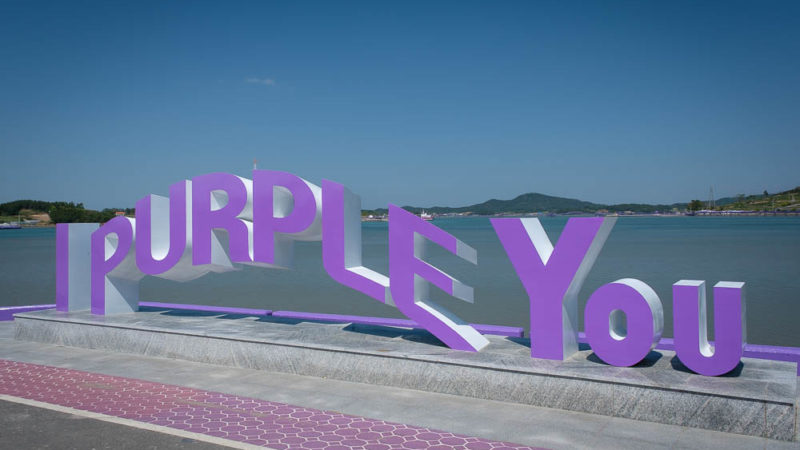
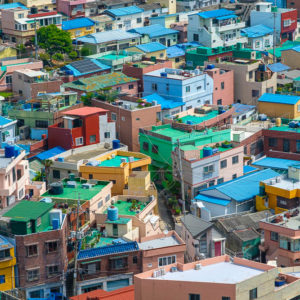
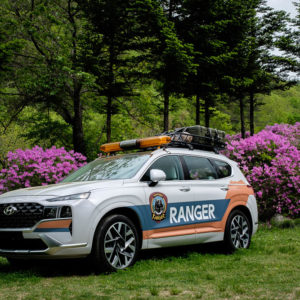
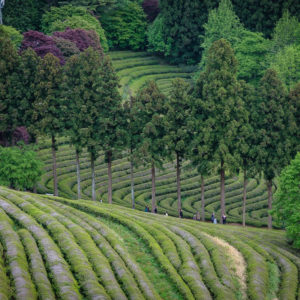
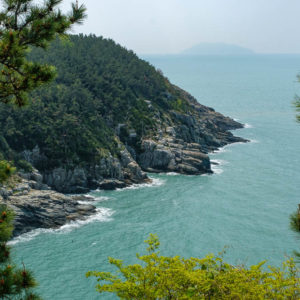
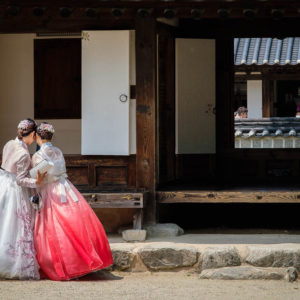
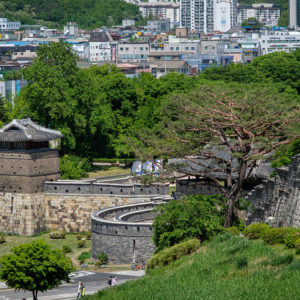
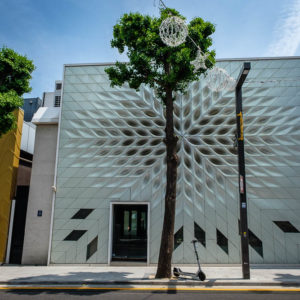
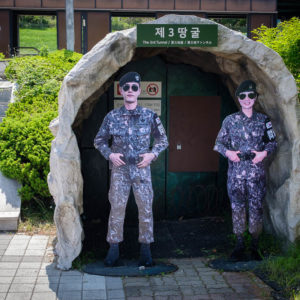


Oformlenie_qlEn
Vizateka в Санкт-Петербурге обеспечивает эффективное и быстрое оформление виз.